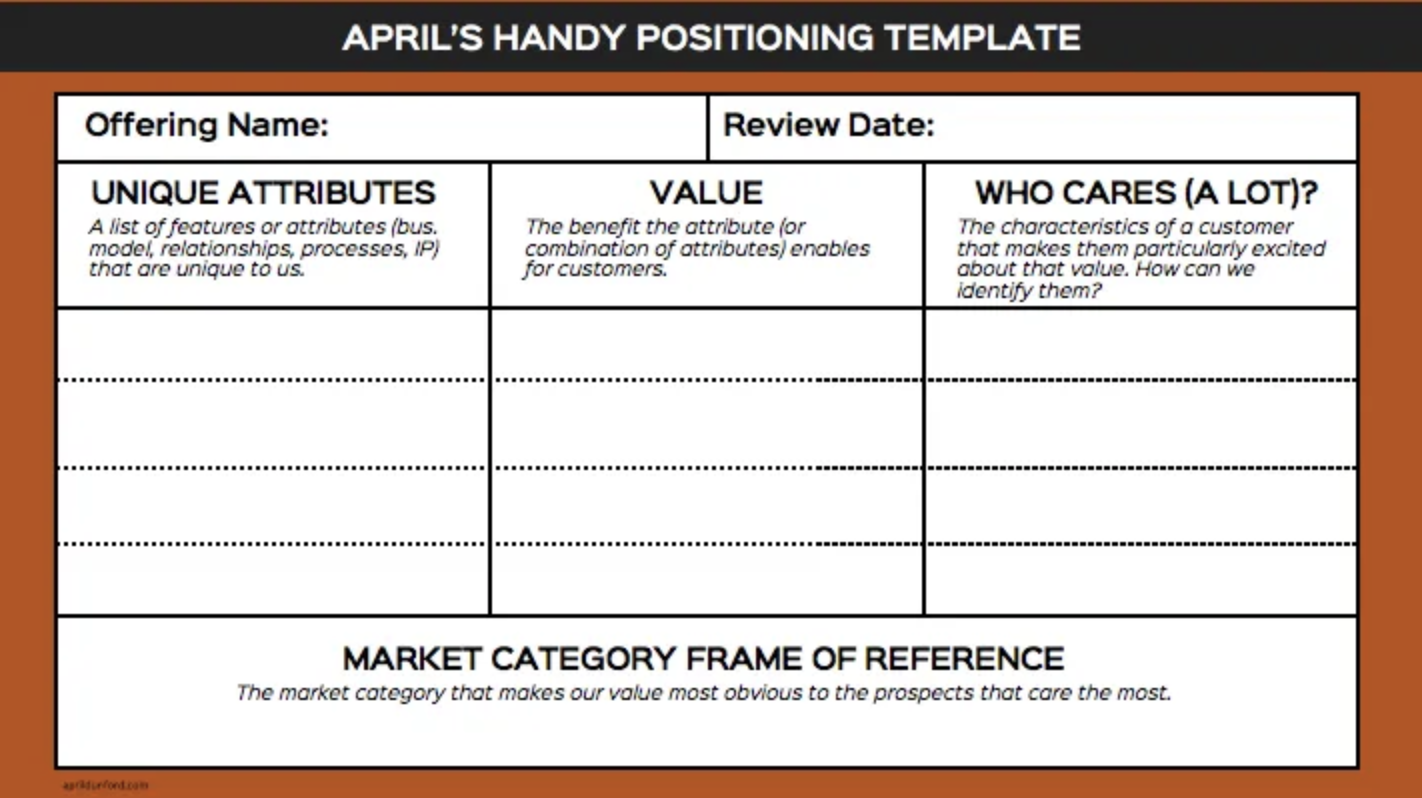How to Make Your Product Positioning Obviously Awesome!
When is comes to positioning your product, you can think about how your product compares to your competitors product or create your own category.
When is comes to positioning your product, you can think about how your product compares to your competitors product - compare features, pricing, experience, onboarding, service and like for like factors. Comparing your product against the benchmarks created by your competitors or market.
Or you can create your own yardstick. Tailor to your customer. Focus on their specific job to be done or the benefit they derive from your product’s features. Think about creating your own category and look at the context of how your product will be used, then frame your product’s positioning.
Context & Framing
Both crucial to successful Product Positioning (and converting customers).
🎻 Context
In 2007, The Washington Post conducted an experiment in "context, perception, and priorities" by having renowned violinist Joshua Bell perform in the plaza outside a busy Washington Metro station.
source: April Dunford
Despite Bell being one of the best violinists in the world at the time, former child prodigy, and regularly selling out concert halls with ticket prices of $100 a pop, only 7 out of the 1070 people who passed him paused to listen.
Playing out of context, he earned $32.17 that day.
Had he been performing with an orchestra in front of an audience with the program listing his many accolades, the result would have been very different.
source: April Dunford
🖼 Framing
Framing and creating the context to help customers and potential customers understand what you are and why they should care is crucial to your products success.
Often we get so busy talking about our products technical features that we lose sight of the actual benefit and value they provide for customers. Our framing of the product may need to be tailored to the industry or customer targeted and speak to the problem they need solved.
Product Positioning Frames
There are 4 Product Positioning frames to use:
1️⃣ If you're the market leader, use an existing frame and dominate the category
2️⃣ If you're not the market leader, reframe by using a sub-market frame and win in that niche category
3️⃣ If you have a new innovative solution, change the way the market evaluates solutions by reframing an existing category to unseat the leaders.
4️⃣ Create a new category with an entirely new frame and carve out a new blue ocean space for your product positioning
So how do you get the Product Positioning right?
WHO - understand your best customers
TEAM - form your positioning team
PAST - free your mind from past patterns
ALTERNATIVES - list your competitors, substitutes, alternatives that your customers would use
MOAT - list your unique attributes, features and differentiation
MAP - attributes to value themes
CARES - determine who cares a lot
FRAME - frame your market
TREND - layer on a trend
CAPTURE - and Share your positioning in a Positioning Template
Need a hand with your Product Positioning?
Send me an email at irene@phronesisadvisory.com




